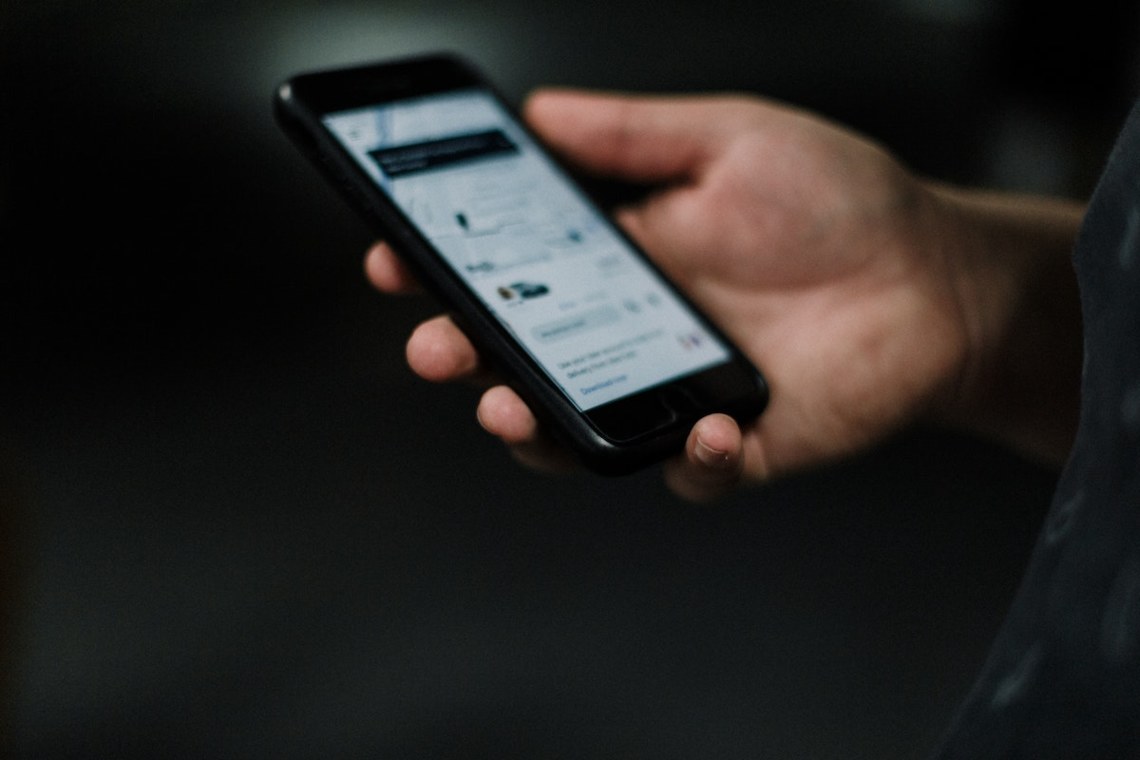
ADA Mobile App Accessibility Compliance Requirements
As awareness about website accessibility has increased dramatically in the past few years, many do not realize that native and web mobile apps should also be accessible. Mobile apps are a ubiquitous part of everyday life and thus fall under the umbrella of the ADA’s protected “places of public accommodations”. Of course different courts in different circuits have mixed opinions, and there are far fewer cases to reference.
With an administration sensitive to those with disabilities, we can expect the DOJ to finally step in and clarify its standards. Experts expect this to follow current WCAG 2.1 A, AA de facto standards and also include mobile apps.money.
Do native mobile apps need to be ADA or Sect 504/508 compliant (WCAG)?
The answer is generally yes, but under which law really depends upon the nature of the organization. Commercial businesses fall under ADA Title III. Governments, municipalities, and federally funded schools and organizations, plus those selling digital products to these entities can fall under Sect 504 & 508 of the Rehabilitation Act plus ADA Title II which prohibit discrimination based on ability. The 2018 update to the Rehab Act addressed websites and digital content directly, requiring WCAG 2.0 compliance.
Assistive Technologies for Mobile Devices
Assistive Technologies (ATs) are tools that users with disabilities use to interact with content and their devices. These include input and output tools, which are baked into current mobile iOS and Android operating systems.
iOS for Apple devices provides VoiceOver which is a screen reader (STT) that will read content and element descriptions aloud. VoiceOver also integrates with bluetooth external ATs such as braille readers and keyboards. Apple also provides Zoom, which is a digital magnifying lens, as well as various controls for text size, color contrast and adjustments for low vision and color blind users. Seri allows users to use voice commands to interact with the device itself.
Android offers TalkBack as its screen reader along with similar ATs such as Lookout for magnification as well as the standard controls for text size, contrast and color. Android also offers Switch Access that enables users to use bluetooth input tools such as braille readers and keyboards. Google Assistant and Voice Access enable voice commands and hands-free usability.
Steps to Ensure Mobile App Accessibility and WCAG Compliance
Here the question is whether you’re in the process of building a new app or making an existing app WCAG compliant.
Designing Mobile Apps for WCAG Compliance
The key point is to avoid inserting accessibility testing at the end of a project, only to set you back 20 yards. This will delay launch and add costs just when the pressure to launch is highest. Bring in a mobile accessibility consultant, such as us, right at the beginning and infuse accessibility right from the beginning. This cost will save a great deal of time and cost downstream and more than pay for itself.
Answering the question “how do I design and build a mobile app to be WCAG compliant” could take many long posts or days in class. So at a 30K foot level, building an accessible app from scratch starts with considering accessibility at the wireframe and UX design stages where simplicity is key. Some key considerations include
- Bold headlines
- Larger fonts
- Extra padding and white space
- Large buttons and tap zones
- Structured and sequential content flow
- Careful consideration of color and its use with regard to colorblind users.
Remember, meeting WCAG is a great way of ensuring good UX for all users.
During development, it’s important to test as you go. Catching issues early will enable your team to learn and adapt as they go.
Before launch, and once content is loaded, it’s important to get a full mobile app accessibility audit conducted by a qualified team. Here, it’s essential to not overly rely on automated testing, which is very limited. Human testing is key.
Mobile App WCAG Compliance Auditing
Existing native mobile apps should follow the same auditing process just described. Make sure you do human testing by qualified auditors with experience with mobile testing and who not only know the WCAG but the code itself.
Following remediation, a final verification audit should be conducted. You may want to consider getting a Volunteer Product Accessibility Template (VPAT), especially if you’re working with any government agencies or those held to Sect 504/508 standards.
Finally, some may argue that WCAG compliance requirements are not fully defined under ADA or the Rehabilitation Act - or Unruh Act in California… yet. Regardless, there is no question that this is where we’re headed. We can expect that the DOJ under Biden, will certainly clarify rulemaking for the ADA and we should definitely expect mobile apps to be included. And courts, such as the 9th Circuit on the west coast have been explicit.
Further, in a time of great focus on issues of Diversity, Equity, and Inclusion, brands that choose not to be digitally inclusive face great risk to brand reputation.
Photo by Jeremy Bishop on Unsplash